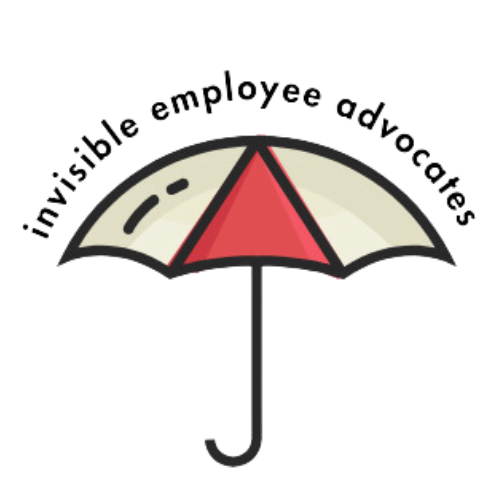U.S. Far Behind on Paid Leave Policies (Blog 1/28/25)
Overview
Did you know that the United States is leading the world in economic performance and has been doing so for some time? (The Economist Magazine). Although a trip to the grocery store may lead you to think otherwise, the U.S. economy is in a dominant position of strength compared to its global peers. When it comes to paid family leave policies, however, we linger woefully behind. In fact, we rank last place among our 38 affluent peer countries regarding family caregiving policies and work/life quality.
This is largely because the U.S. has no paid family leave policy at the national level. There is a 12-week family leave policy which most of us are familiar with. However, this is “unpaid” which makes it unaffordable for family caregivers who need to maintain their income to survive. When we consider that the elderly population in the U.S. is growing while the younger population is shrinking, the need for a national paid leave policy becomes even more imperative. Let’s take a closer look at this picture.
A View of the U.S. Population in Ten Years
Without getting bogged down too deeply in the numbers, there are some expected demographic shifts in the population that we must mention here. According to the U.S. Census Bureau, in the 2030s for the first time in history, this country will have more individuals 65+ (78 million) than children under 18 (76.4 million). All Baby Boomers and a fifth of the total population will have attained the age of 65. Based on these projections, the need for family members to serve as caregivers will increase along with the rise in the population of seniors. This is because the pool of professional caregivers is steadily dwindling, due to several factors including demanding work and low wages. Unpaid family caregivers are critical in helping to fill the gaps left by professional care staff now and even more so in the future.
In Retrospect
We don’t mean to paint a completely bleak picture here. There have been (and continue to be) some promising efforts at both the congressional and state levels to take meaningful steps to address many of the issues around family caregiving. Let’s look back at some of these efforts.
The National Strategy to Support Family Caregivers (enacted 2018) – a comprehensive approach between government and private sector stakeholders that offers hundreds of actions to recognize and support family caregivers.
The VA MISSION Act (enacted 2018) – expanded Veterans Affairs Program of Comprehensive Assistance for Family Caregivers to include caregivers of veterans in service before 9/11/2001.
Caregiver Advise, Record, and Enable Act – 45 states have adopted laws supporting family caregivers from the time their loved ones enter the hospital until they transition home.
Flexible Workplace Policies – A total of 11 states along with the District of Columbia have adopted paid family leave policies. Additionally, 14 states now mandate paid sick leave.
Final Perspective
It seems ironic that in its position as a world economic leader, the U.S. lands in last place among the world’s wealthiest countries regarding paid family leave. Additionally, it is one of only six countries overall with no national paid leave policies. We can’t help but wonder how other countries much less prosperous than the U.S. were able to make it happen. Are we missing something? Of course, we realize it’s not as simple as it might seem. There are underlying influences that play a role such as politics and financial considerations. However, family caregiving in this country has a broad sweep. It is a non-partisan, multi-racial, cross-generational affliction that will impact most U.S. families at some point during their lifespan.
So, what will caregiving look like in this country when the Census Bureau’s 2030s projections have materialized, and most of the population is composed of elderly individuals with no one to care for them? Clearly, the U.S. should not be content with its last place position among countries around the world on this critical societal issue. Perhaps Sarah Johal (founder of CareSprint.org) said it best when she stated: “Our families deserve so much better than last place. Policy alone won’t fix this, and our innovative business leaders can’t be expected to solve this alone. It’s going to take intentional investment, measured practice, and people-centered decision-making.” Food for thought and for action.
Until the next blog!
Thank you for being here, for reading and for caring!
References
Forbes, In The U.S. The Bare Minimum From Employers Is Hurting Families, by Beth Ferrante, Jan 25, 2024.
Marketplace Morning Report, David Brancaccio, Alex Schroeder, Meredith Garretson, October 29, 2024.
The New York Times, The World ‘has Found a Way to Do This’: The U.S. Lags on Paid Leave, by Claire Cain Miller, Updated June 22, 2023.
AARP Public Policy Institute, Valuing the Invaluable 2023 Update: Strengthening Supports for Family Caregivers, by Susan C. Reinhard, Selena Caldera, Ari Houser, Rita Choula, March 8, 2023.
United States Census Bureau, https://www.census.gov
